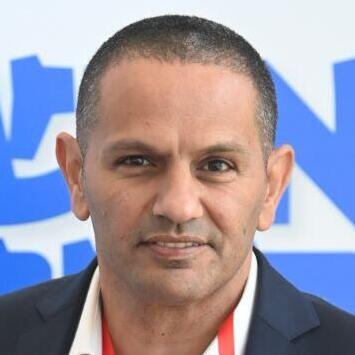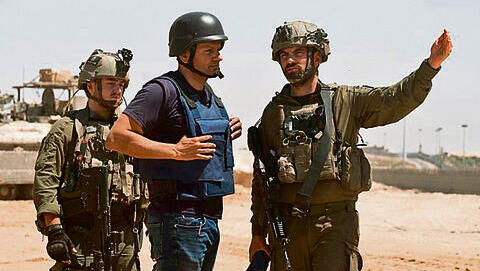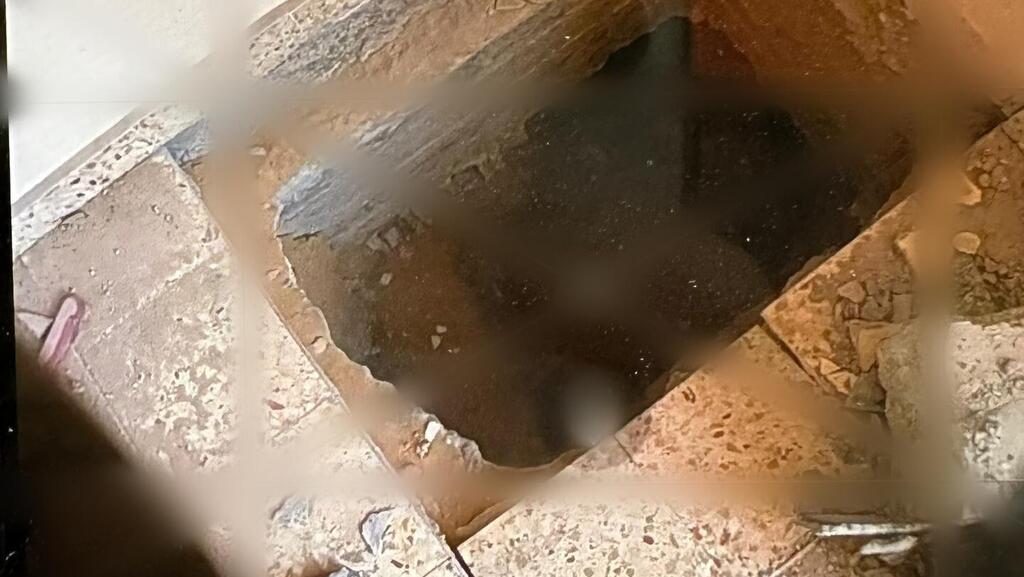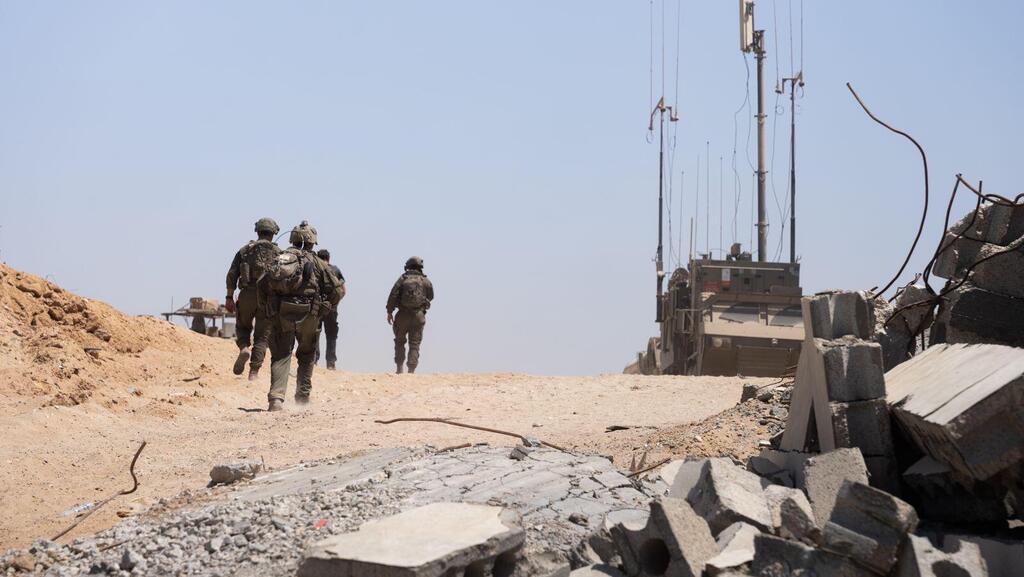Getting your Trinity Audio player ready...
This was the first time Israeli journalists have been inside Rafah since 2005. We were allowed to join the IDF forces fighting in Gaza's southernmost city for the past 42 days and counting.
The troops marked the days they had left in the warzone on one of the walls in the apartment they have been using as their base, although when they would be released from reserve duty or how quickly they may be called back, is not entirely clear.
Lt. Col. Yair Zuckerman, their commander, did not need the wall to know how long he has been fighting. He left his home in the Golan Heights on October 7 and has been at war ever since. He last saw his family when they came to visit him at a base on the Gaza border with Israel last weekend.
Zuckerman was assigned to bring us journalists into the city. The IDF understands the need to enlist public support for the fight and wanted to show the achievements of the troops in order to help deal with the criticism of the war. We were there to see what had been done, what still needed to be done and also what can wait until after a deal is made to return the 120 hostages, both living and dead, still held by Hamas.
We entered the Strip on a troop carrier, through the Kerem Shalom border crossing. It is a new and advanced vehicle that can move quickly. It has air conditioning, which makes it popular among the troops in the scorching Rafah heat.
Their motivation is high and their recognition of the importance of their mission is clear: the return of all the hostages and the elimination of Hamas.
The fighting continues but at low intensity, as is evident by the limited destruction in Rafah. Zuxkerman says, despite this, the military is not making life easy for the Hamas terrorists. "Yes, we are using less firepower but I have aerial support whenever I need it and my officers fire their shells at any target I tell them to," he says.
The offensive was slow from the start because of the need to avoid civilian casualties, amid U.S. pressure. Infantry and commando units rotate sending troops out of the Strip for a rest and the operations along the border with Egypt are carried out with special care.
The pace is also determined by the difficulty posed by the Hamas tunnels, the scope of which surprised the IDF. "There are more tunnels here than I've seen anywhere else in the Strip," Zuckerman says. "It would be wrong not to deal with them now when we are here. Hamas is fighting above and below ground with cameras they had installed inside buildings." The troops recently found an explosive device hidden inside a shoe closet, which was hard to find.
Hamas booby-trapped buildings ahead of the offensive, and that is another threat to the troops. This was a lesson the terror group learned as it studied the IDF well. But the military says only two of the Rafah battalions remain and they too would be dismantled in the coming weeks. Many of the terrorists who were in Rafah had fled to Khan Younis or the humanitarian safe zones on the coast.
The Philadelphi Corridor, located along the Egyptian border, was a critical asset for Hamas and the troops were there to cut off the terrorists' lifeline in the smuggling underground tunnels connecting the Strip to Egypt.
"You cannot make AK-47s and military-grade TNT in Gaza, so clearly they were smuggled in through the tunnels, " Zuckerman says. Thus far, 22 tunnel shafts have been found and the IDF is trying to learn how far they reach on the Egyptian side of the border. The senior military command believes Israel must hold on to its control of Philadelphi, not only to prevent arms from being smuggled in but also as leverage to use against Hamas.
For now, Zuckerman must deal with scorching heat and the mental challenges to his troops. He brought in a mental health officer to be on hand for the men, to assist them in the field and to prevent later problems of PTSD.
After our chat, Zuckerman leads us back to the APC. He would never have thought that he would accompany a group of journalists on the way to the Gaza shore, without heavy armor protecting him from all sides. But as we enjoy the afternoon breeze, we watch the naval vessels in the sea in front of us while the cannon fire continues at a distance.





